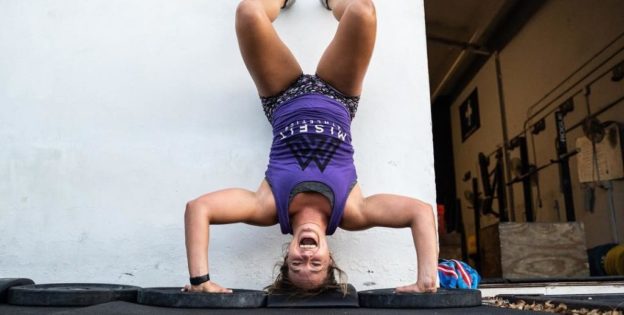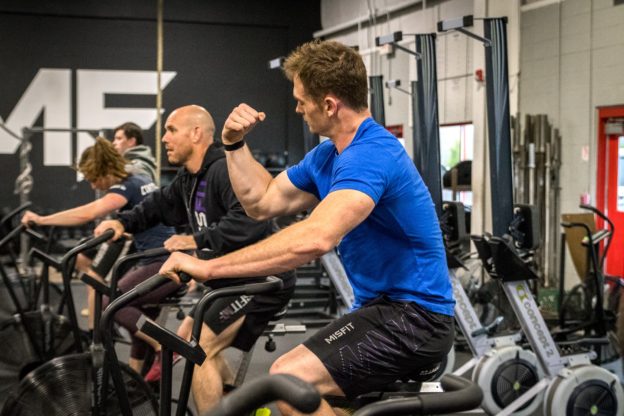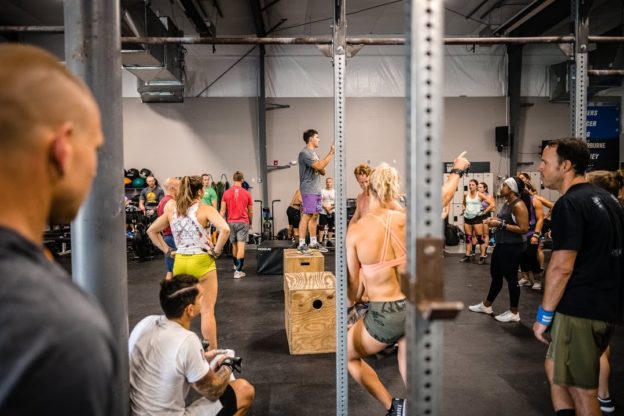
Class Sizes

I prefer coaching around 10-12 athletes at a time. I believe I can still provide an awesome one hour class with a larger group, but knowing my own coaching style I prefer the smaller class sizes. Of course, this largely depends on the experience level of the athletes, the type of class, the workout, etc., but in general I prefer to pay close attention to each athlete and nearly every lift, scale appropriately, control the logistical requirements and safety, and the maintain a tight timeline. Once classes start to creep up to the 20+ number, I feel like I’m managing and herding athletes instead of coaching. However, having large classes can be a blessing, so knowing how to deal with them is another important skill to have as a coach. Here are a few things to think about next time you find yourself neck deep in eager CrossFitters.
- Use the clock during the lifts. If your gym follows a “lift then metcon” style of programming, using a clock for the lift portion especially can be really helpful. If you’ve got a class of 20 doing heavy back squats, you can easily have 3 or 4 similar strength athletes to 1 rack squatting on the minute. Even with a 5×5 squat day, four athletes squatting on the minute in 1 rack will finish the workout in 20 minutes, and get plenty of rest between sets. This also allows the coach to walk around and see more athletes.
- Run the workout in heats. This works well with interval style workouts or shorter sprint workouts, especially if equipment or space is limited. This also allows your members to watch and cheer on their peers while they work, encouraging a communal environment.

- Overplan transition time. Remember that transitioning 20 athletes from a warm up to a lift, or a lift to a metcon will take time, especially if the workout calls for more or different equipment. Plan ahead, and be generous with transition time. Once you get behind it’s difficult to get that time back.
- Use time caps. Time caps are a great tool to keep large classes (or any class for that matter) on time, but they should not be your go-to for timeliness. If you are constantly programming workouts where most of your members run into the time cap, you are either over-programming for your demographic or you are not scaling properly.
- Tandem coaching. I understand this isn’t feasible for all, or even many gyms. However, this technique can be super successful if implemented correctly. It requires both coaches to be on the same page and for there to be an understand of who the “head coach” is for the day. Using a coach/demonstrator format or even splitting a class in half can be effective if you have two competent coaches.
Don’t fall into the trap of simply “managing” a large group of athletes. Play around with ways to give them the product they deserve and your coaching skills will continue to improve.
Written by Hunter Wood


Responses